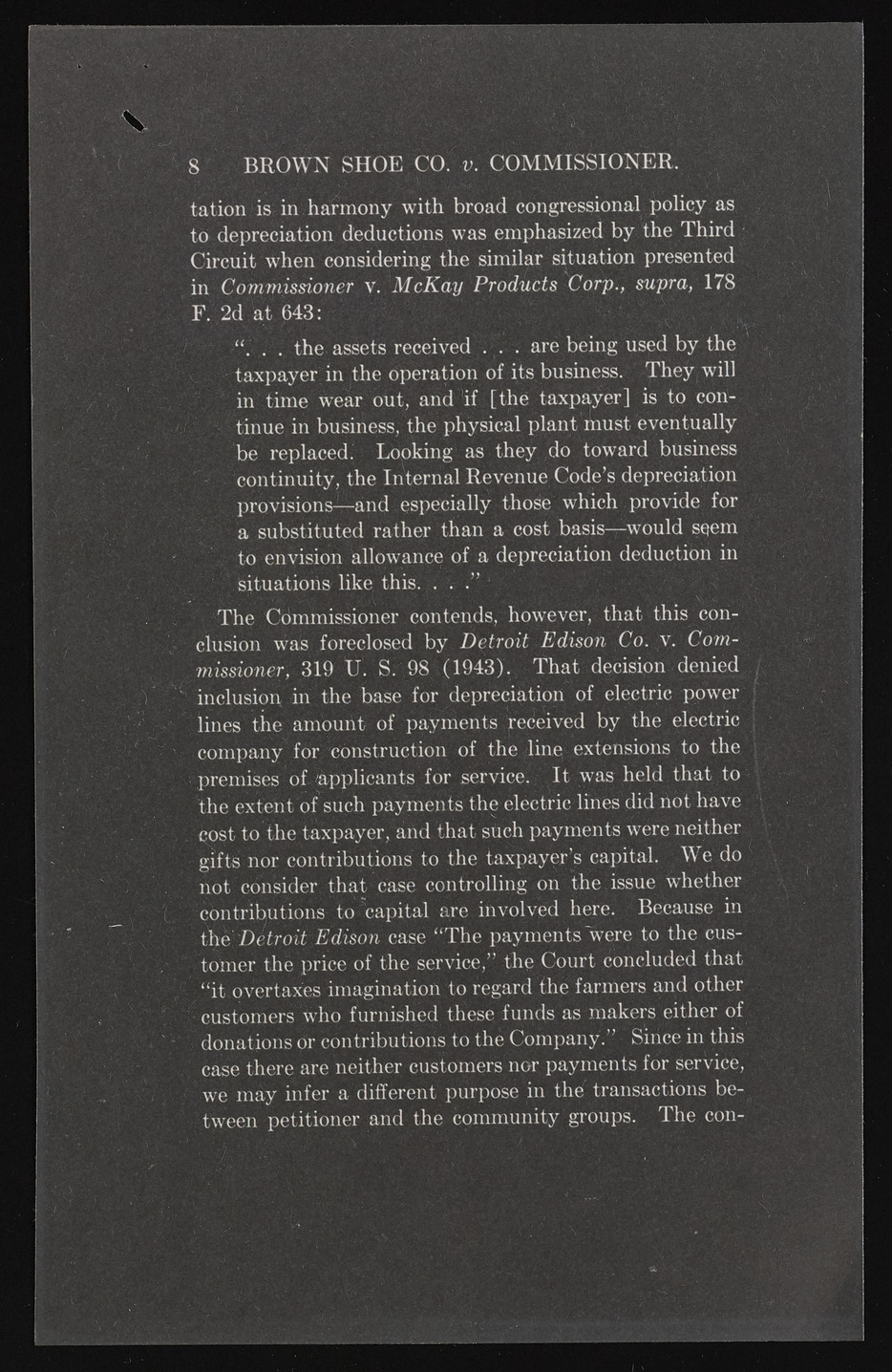Copyright & Fair-use Agreement
UNLV Special Collections provides copies of materials to facilitate private study, scholarship, or research. Material not in the public domain may be used according to fair use of copyrighted materials as defined by copyright law. Please cite us.
Please note that UNLV may not own the copyright to these materials and cannot provide permission to publish or distribute materials when UNLV is not the copyright holder. The user is solely responsible for determining the copyright status of materials and obtaining permission to use material from the copyright holder and for determining whether any permissions relating to any other rights are necessary for the intended use, and for obtaining all required permissions beyond that allowed by fair use.
Read more about our reproduction and use policy.
I agree.Information
Digital ID
Permalink
Details
More Info
Rights
Digital Provenance
Publisher
Transcription
tation is in harmony with broad congressional policy as to depreciation deductions was emphasized by the Third Circuit when considering the similar situation presented in Commissioner v. McKay Products Corp., supra, 178 F. 2d 6 t 643: “ . . . the assets received . . . are being used by the taxpayer in the operation of its business. They will in time wear out, and if [the taxpayer] is to continue in business, the physical plant must eventually be replaced. Looking as they do toward business continuity, the Internal Revenue Code’s depreciation provisions—and especially those which provide for a substituted rather than a cost basis—would seem to envision allowance of a depreciation deductibn in Situations like this. . . . ” The Cdmmissioner contends, however, that this conclusion was foreclosed by Detroit Edison Co. v. Commissioner, 319 U. S. 98 (1943). That decision denied inclusion in the base for depreciation of electric power lines the amount of payments Received by the electric company for construction of the line extensions to the premises of ^applicants for service. It was held that to the extent of such payments the electric lines did hot have cost to the taxpayer, and that such payments were neither gifts nor contributions to the taxpayer’s capital. We do not consider that case controlling on the issue whether contributions to capital are involved here. Because in the Detroit Edison case “The payments were to the customer the price of the service,” the Court concluded that “it overtaxes imagination to regard the farmers and other customers who furnished these funds as makers either of donations or contributions to the Company.” Since in this case there are neither customers nor payments for service, we may infer a different purpose in the transactions between petitioner and the community groups. The con8 BROWN SHOE CO. v. COMMISSIONER.

